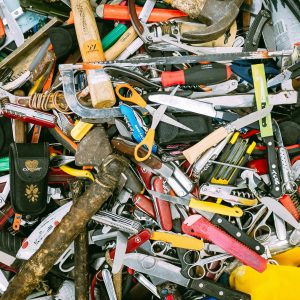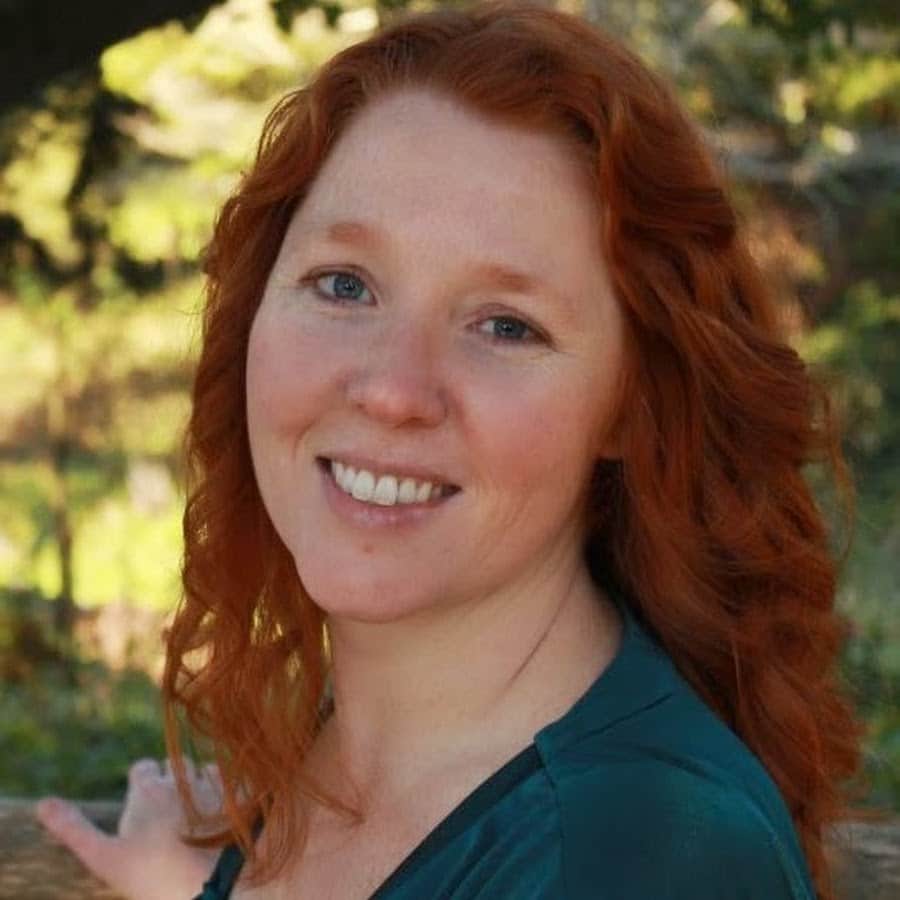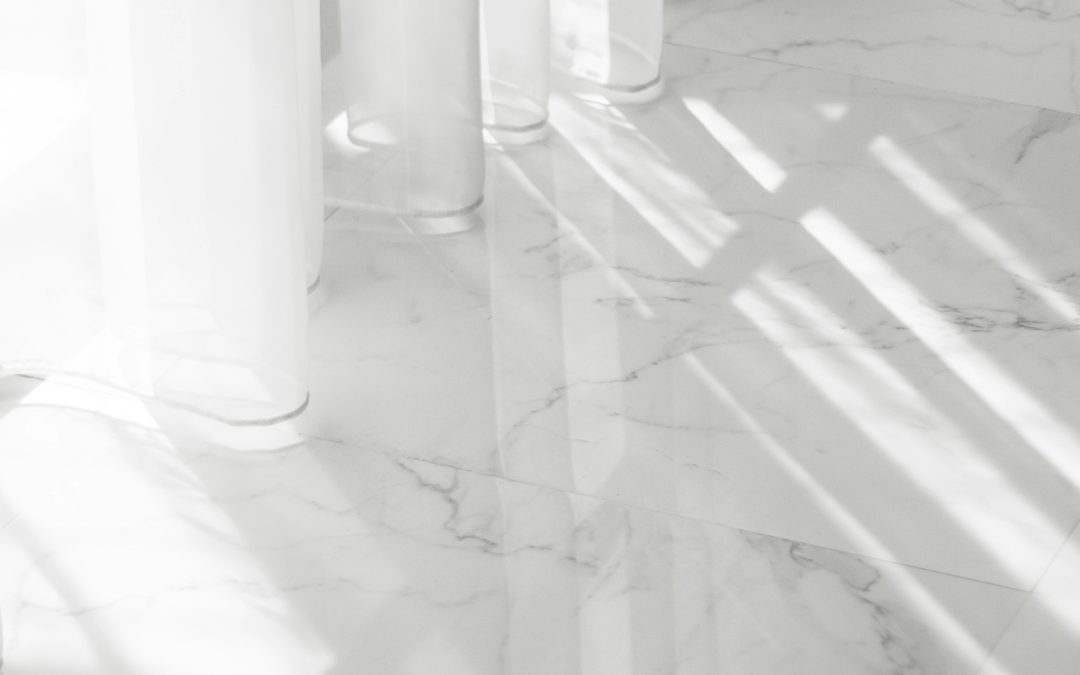Victor Frankl describes in Man’s Search for Meaning the intake process he went through at a concentration camp. Among the things he describes, one thing particularly caught my attention – the moment when each person is directed to hand over all of their possessions.
The men and women are stripped of their clothing and all personal effects. In this desperate moment, there were various attempts to hold on to material things – a wedding ring, a good luck charm, a photo, or, for Frankl, his manuscript containing all of his scientific work. At the moment when the manuscript is confiscated, Frankl asserts that the psychological response was to strike out his “whole former life.”
As I read this passage, the thought occurred to me, “What is it about material objects that comfort us or anchor us? Is it possible that material things provide some value that I haven’t before considered?”

Growing up in the Midwest and in a middle-class family, the desire to obtain material objects was frowned upon or ignored as a goal altogether. Even now living in San Francisco, it’s not uncommon to overhear conversations lamenting materialism. But, Frankl’s comments caused me to reconsider the role material objects play in our lives.
I started noticing around my house the material objects that anchor me, that seem to shout “Here I am, this is my life!” – a novel I’ve read over and over again, a necklace that was my first piece of “real” jewelry, a photo of my lover … These material objects tell a story, mark time, transport me back to a moment or anchor me to the present … wow!
It now strikes me that objects can be an inherent way that we remember our history and create our present. Material objects can provide comfort in times of discord, anchor us when we feel unstable, or, on a simple level, tell the story of who we are to others.
What’s a material object you own that tells your story?
Now, that being said, as in all things – moderation and balance is so necessary. Albert Einstein famously quipped, “If a cluttered desk is a sign of a cluttered mind, of what, then, is an empty desk a sign?”
We can not be rigid in our tidiness (in fact, this is often a trauma response to having grown up in a chaotic, unpredictable environment!), while at the same time, we can not be so inundated with materials that we get overwhelmed and paralyzed. Check out this interesting article on the pros and cons of tidy vs. cluttered!
I also thought a lot about our relationship to objects when watching a recent episode of Queer Eye (Netflix, Season 8, Episode 2). One of the folks they helped was a guy who was an avid Kiss fan, and that’s putting it lightly. Every surface and wall was drowned in Kiss memorabilia. It was so sweet and satisfying to see the transformation of his space in which his love/hobby was still honored but wasn’t all-consuming!
So, as we approach Spring – a major time when people often reset their environments, sending you a friendly nudge to explore your relationship to objects and see if there is an opportunity to release and balance!
To comfort not chaos,

P.S. If you’re ready to take the next step in healing from abuse and would like to explore enrolling in the Beyond Surviving program, start by applying for a Discover Your Genuine Self session.
Guest Post Disclaimer: Any and all information shared in this guest blog post is intended for educational and informational purposes only. Nothing in this blog post, nor any content on CPTSDfoundation.org, is a supplement for or supersedes the relationship and direction of your medical or mental health providers. Thoughts, ideas, or opinions expressed by the writer of this guest blog post do not necessarily reflect those of CPTSD Foundation. For more information, see our Privacy Policy and Full Disclaimer.






